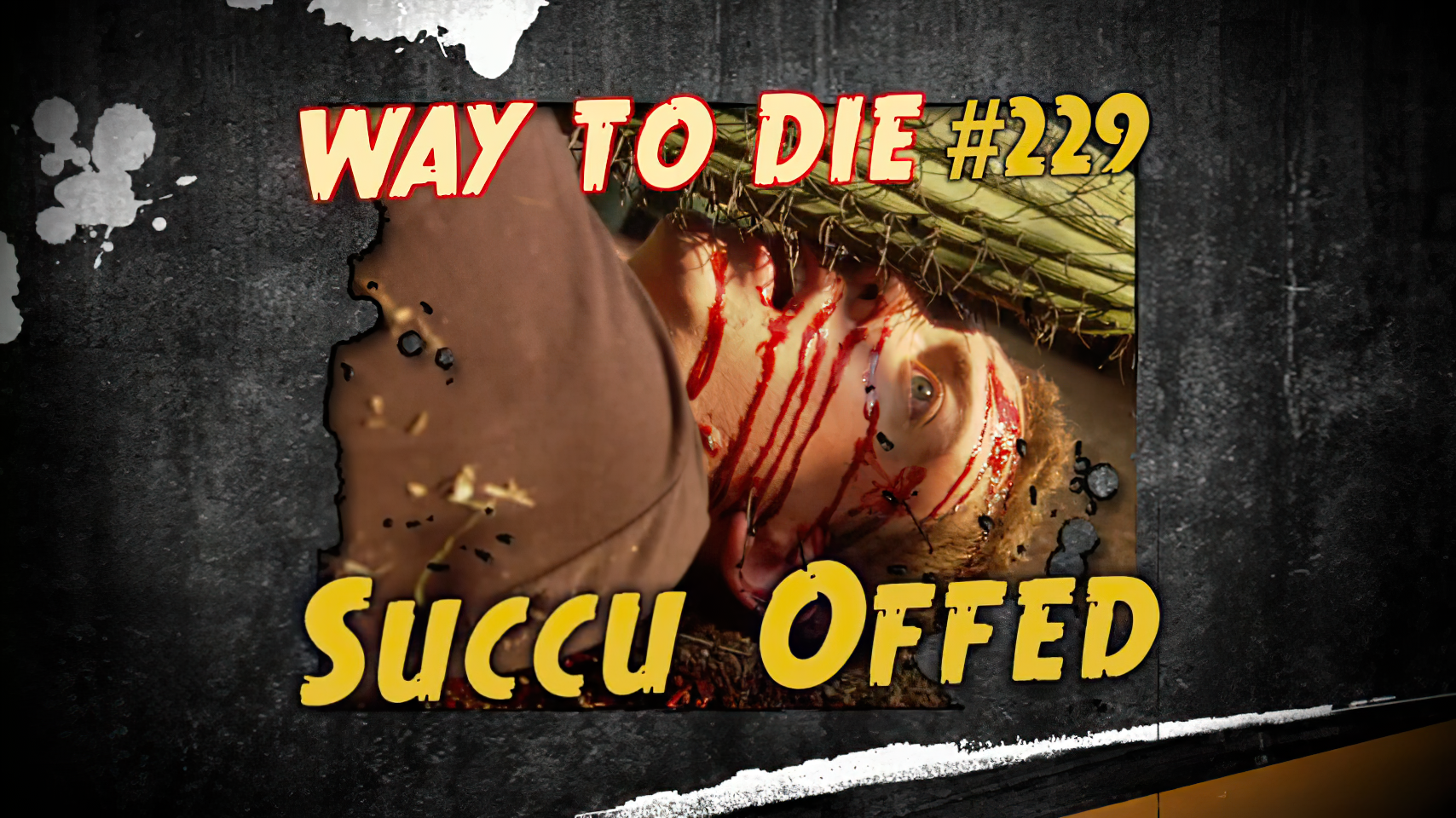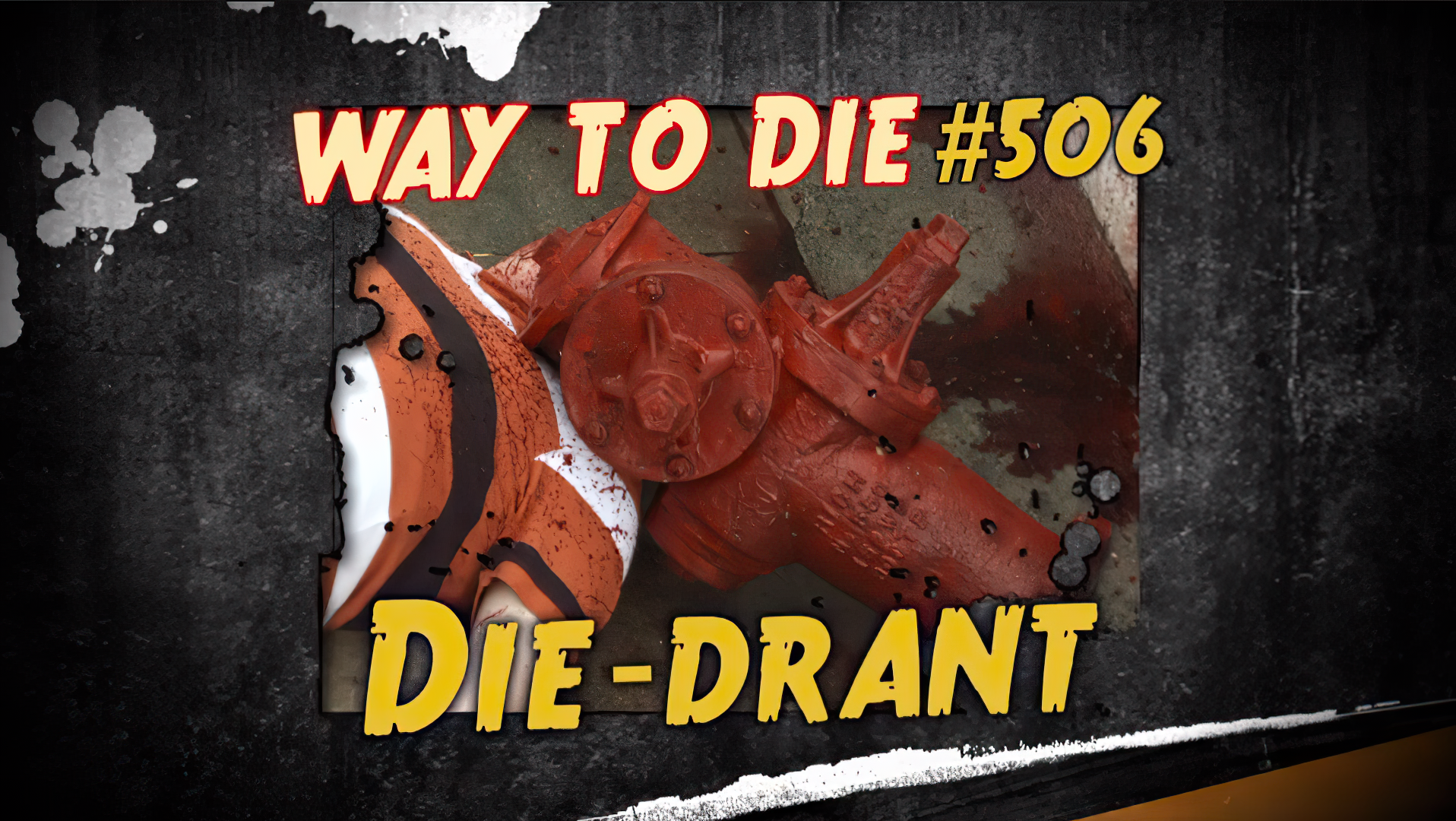

Much of this is, of course, necessary revisionism. To quote the archaeologist Francis Pryor, they “integrated into community life” and “joined the property-owning classes” in the countries they invaded. The Scandinavians’ achievements have been lauded-they sailed all the way to America and produced the Lewis Chessmen-and nowadays some scholars go so far as to portray them as agents of economic stimulus, occasional victims of their more numerous enemies, or even (as a recent campaign organized by the University of Cambridge suggested) men who “ preferred male grooming to pillaging,” carrying around ear spoons to remove surplus wax. Today, the early Viking age has become the subject of a History Channel drama, and historians are likely to stress that the Vikings were traders and settlers, not rapists and killers. Since the early 1960s, though-we can date the beginning of the change to the publication of Peter Sawyer’s influential The Age of the Vikings (1962)-rehabilitation has been almost complete. If they weren’t worshiping the pagan gods of Asgard, these Vikings were sailing their longships up rivers to sack monasteries while ravishing virgins and working themselves into berserker rages.

Blood eagle 1000 ways to die movie#
As late as the 1950s, when Kirk Douglas filmed his notorious clunker The Vikings-a movie that featured lashings of fire and pillage, not to mention Tony Curtis clad in an ahistorical and buttocks-skimming leather jerkin-most popular histories still cast the Denmark and Norway of the Dark Ages as nations overflowing with bloodthirsty warriors who were much given to horned helmets and drunken ax-throwing contests. Ninth-century Scandinavia has had good press in recent years.

Vikings as portrayed in a 19th-century source: fearsome warriors and sea raiders.


 0 kommentar(er)
0 kommentar(er)
